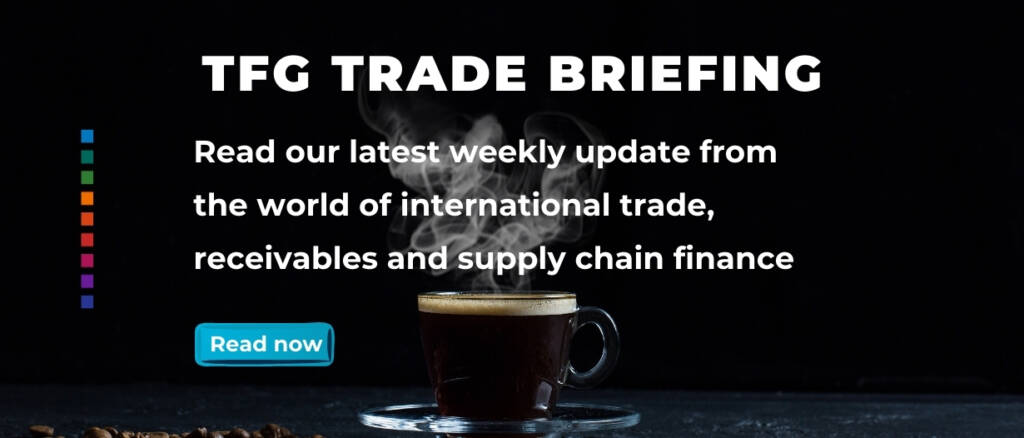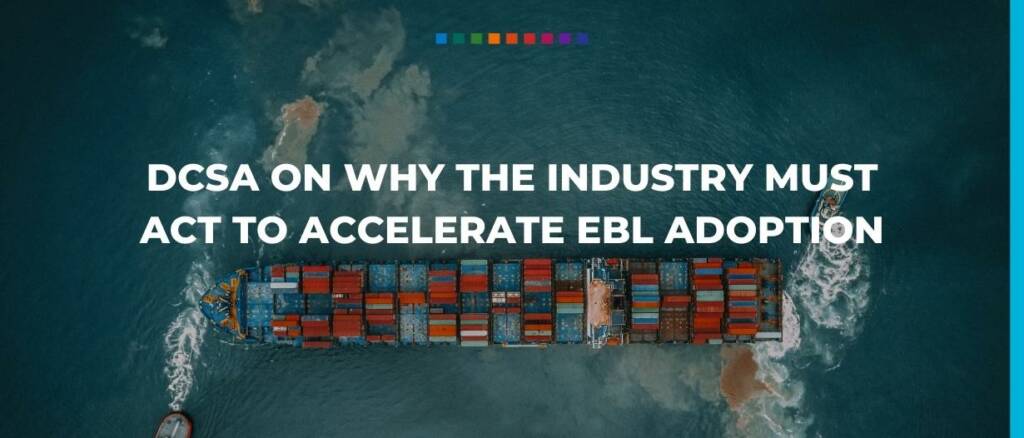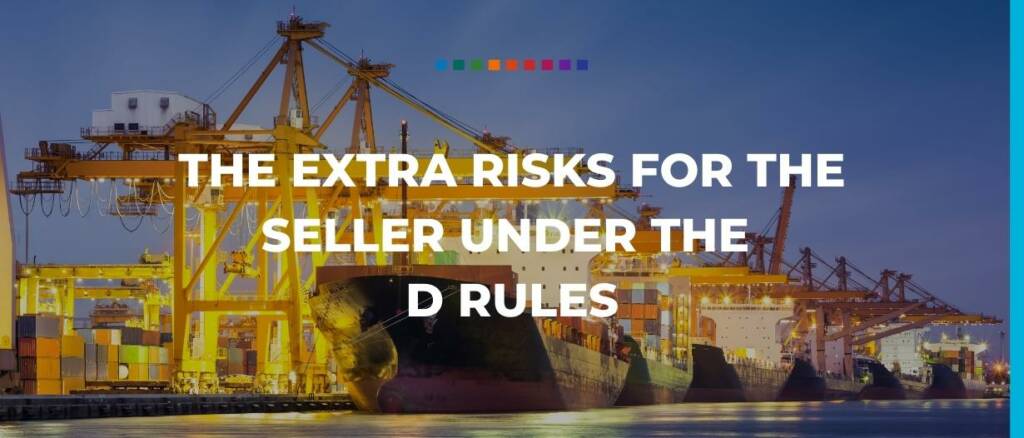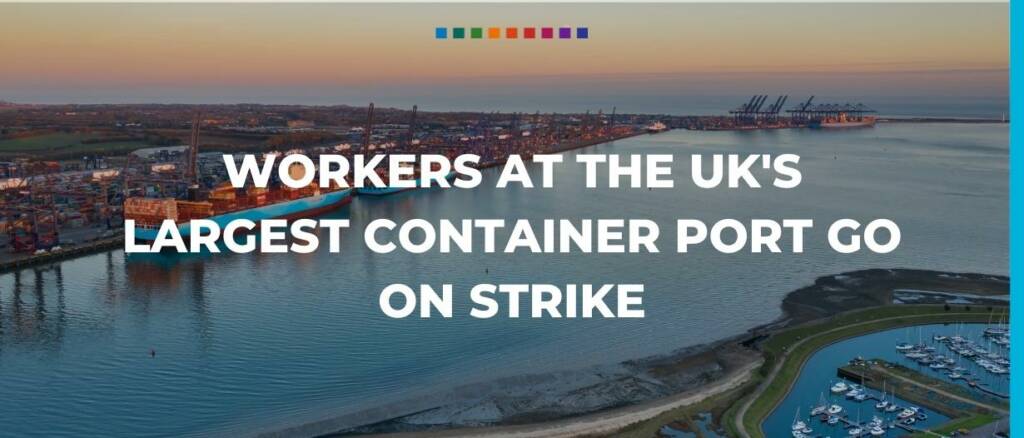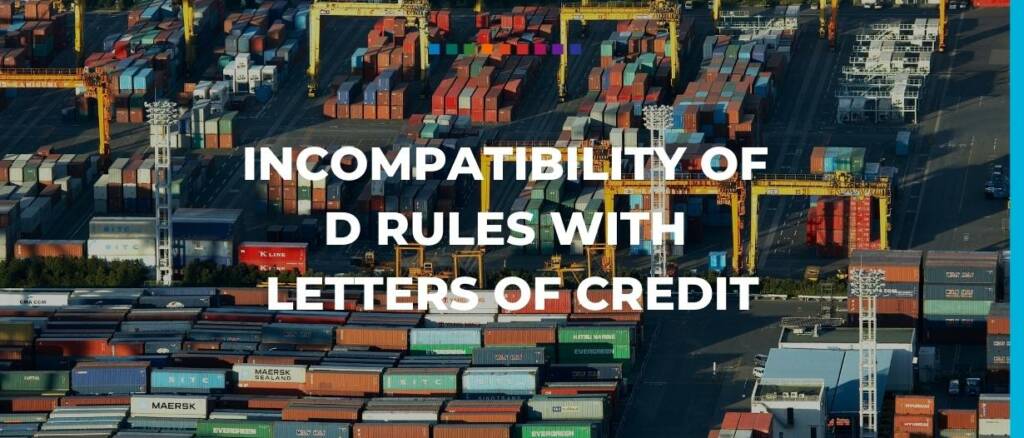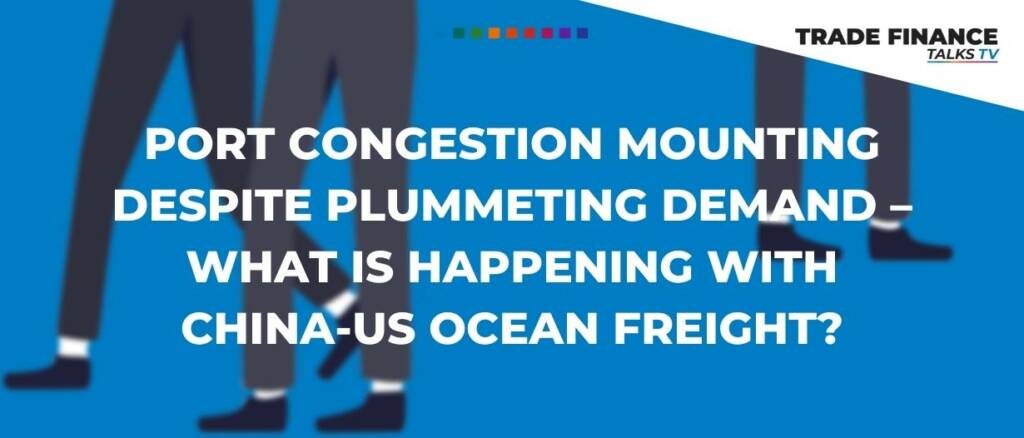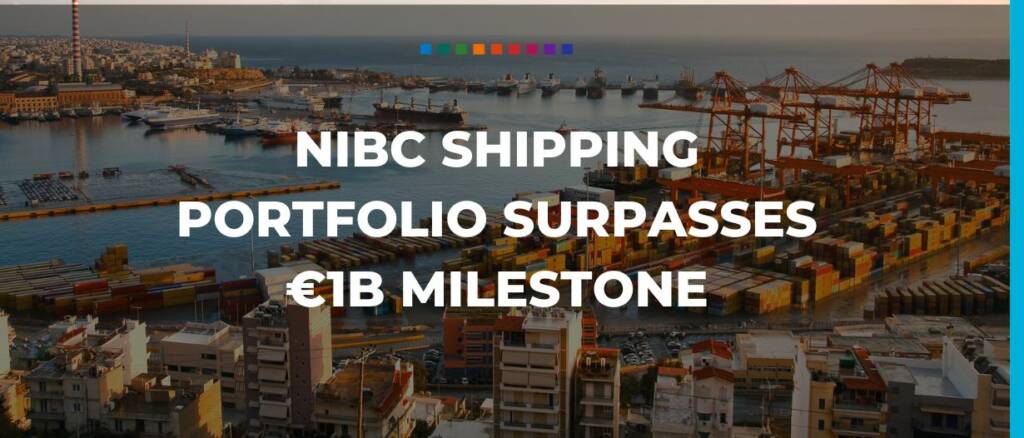Your Monday coffee briefing from TFG – VIDEO | Citi on navigating volatility and incorporating ESG finance principles into trade finance
Enigio AB signed an agreement on 31 October, 2022, with the International Federation of Freight Forwarders Associations (FIATA) to add its trace:original to the solutions supporting the electronic bill of… read more →
At Sibos 2022, Trade Finance Global (TFG) spoke with Niels Nuyens, program director at Digital Container Shipping Association (DCSA), to learn more about digitalisation in the shipping space.
Your weekly coffee briefing from TFG: E-rules for trade explained – URDTT, eURC, and eUCP
With the seller not only contracting for carriage to the buyer’s country but also contracting for delivery to occur there – the difference between the C rules and the D rules – the seller not only bears the transit risk but potentially puts itself in jeopardy of breaching the sales contract.
Dock workers at the UK’s largest container port have gone on strike for the first time in 30 years. About 1,900 members of the Unite union at Felixstowe in Suffolk… read more →
A new report on Thursday claimed that China is willing to cooperate with countries along the China-Europe Railway Express lines, jointly promoting the construction of major infrastructure projects. This will… read more →
In the D rules delivery does not occur until a named destination place. How it gets there, what origin port or place it left and when it left are all irrelevant. This puts the D rules completely at odds with the typical LC that requires a port of shipment, port of destination and a latest shipment date.
Using freight rate data from the Freightos Baltic Index, the AI-powered ocean freight visibility solution provider Windward seeks to better understand the impact of current trends on the China-US flow of goods, port congestion in both countries, ocean freight prices, and what is driving these changes.
This year, NIBC’s shipping activities have seen a steady growth of financings and, as a result, has surpassed the EUR 1 billion milestone. NIBC provides financial and advisory solutions for… read more →















